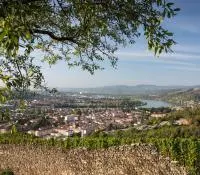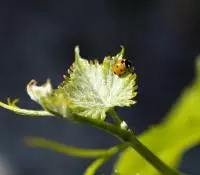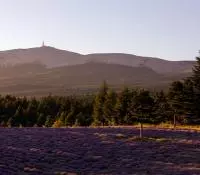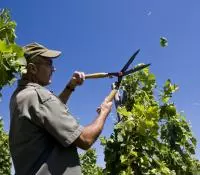- Respect the terroirs and preserve resources
A growing number of environmental certifications
All environmental certifications are founded on a set of specifications and are awarded by certification bodies.

Contents
Yes, I get it, but there are so many of them…
Well let’s state a few…
The High Environmental Value (HVE) certification sets out the standards for sustainable agriculture by minimising the use of phytosanitary products or inputs, encouraging controlled grassing on the vineyard plots, maintaining certain trees and hedgerows as well as dry stone walls and rainwater drainage ditches, etc. The purpose of this certification is to protect the soil and boost biodiversity by preserving natural wildlife habitats in order to offer the consumer a product derived from an eco-friendly growing approach.
The “Vignerons Engagés” certification goes further by requiring the wine producer to meet both environmental and social standards. It encourages wineries to review their entire production chain from the grape on the vine to the wine in the glass. This comprehensive policy involves reducing inputs in the vineyards and in the winery during the vinification process. It also encompasses employee management and the management of stock through a reduction in the use of paper and supplies and by encouraging paperless processes.
When it comes to Organic certifications, copper and sulphur are the only products used by the winemakers to combat vine diseases. With Biodynamic farming, preparations based on plants, horn silica or horn dung are sprayed on the vine to fortify it. Lastly, the Association des Vins Naturels (Natural Wine Association) is a group of winemakers who work without any inputs.
So there isn’t really a right or wrong way of doing things?
Whatever the certification, it is also the recognition of a personal (or sometimes family) trajectory that starts with respect for one’s wine heritage. The winemakers choose the way of working that they feel best suits their own vineyards. Some also adopt eco-friendly practices that are not part of any certification scheme, simply because they make sense and protect the terroirs that are vital to long-term sustainability. It is the sum of everyone’s commitments that makes the viticulture virtuous and responsible.
In 2020, the Côtes du Rhône and Côtes du Rhône Villages AOCs’ harvest was 1.6 million hectolitres (hl). The proportion of the Côtes du Rhône and Côtes du Rhône Villages AOCs production declared as organically grown was 185,000 hl (approximately 12%). To date, 574 holdings have obtained HVE (High Environmental Value) certification representing a total surface area of 19,200 hectares.


